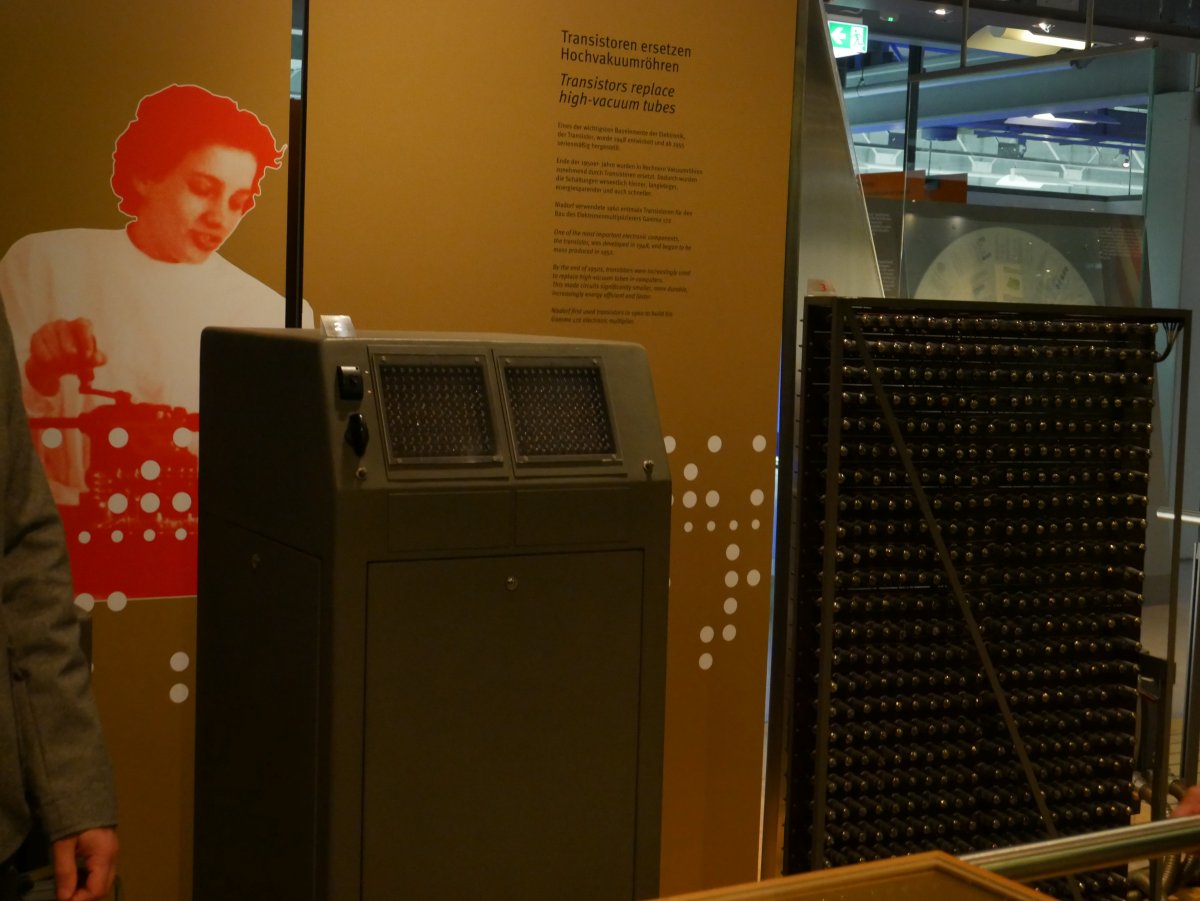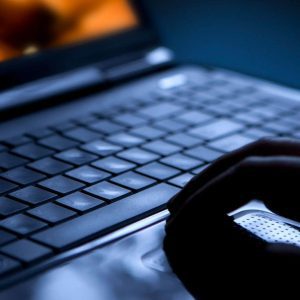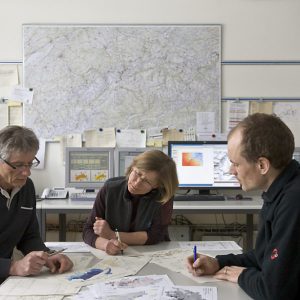On October 24, 1996, Federal Chancellor Helmut Kohl opened Germany’s largest computer museum, HNF Paderborn, in the former headquarters of computer manufacturer Nixdorf. On its anniversary, the museum presented itself with a replica of the Elektronensaldierer 24, with which the “Heinz Nixdorf Laboratory of Pulse Technology” launched the first production model in 1953.
ES 24 Electron Salder
The ES 24, equipped with 396 tubes, capable of displaying 24 decimal places, was a replica of the successful model with 204 tubes displaying 12. On the other hand, visitors could assign tasks to the calculator via a touch screen and be told. In a vivid way, how the ES-24 worked with the sorting machines of French punch card manufacturer Bull in the daily activities of banks and thrift banks.
Replica of ES 24
(Photo: Detlev Borchers)
The Electron Salder functional replica aims to explain why Heinz Nixdorf pioneered decentralized data processing with its own computers. At the time, he was not interested in a programmable computer, but a device that would allow banks to sort all account transactions recorded on punch cards at the end of the day and add debits and credits. ES 24 was “knit”, that is, it could only be used for this purpose, but it cost only 10,000 DM, and therefore was affordable for small banks. It processed 42,000 punch cards per hour. The replica consists of two tanks, the true balancer with the original tubes and a cabinet with a power supply and modern components that control the tubes.
Another “birthday gift” is the new design for the entrance to the museum. Paintings reminiscent of the black monoliths from “2001: A Space Odyssey” were erected there. At first it glows blue and explains the “primitive beginning of the information age,” then the sun rises in Mesopotamia. Thus, visitors will be able to experience the “transition from obscurity to the beginning of human culture.” Far enough in the information age, the permanent exhibition erected a small memorial to Claude Shannon, one of the founders of information theory.
(3 photos)
Theseus, the clever mouse who looks for a way to food in the maze of plug-ins and can then “remember” this path, trots the halls in a faithful replica. The phone relays that Shannon used to save mouse tracks have been replaced by Arduinos. Telephone relays are hard to find. They can be admired right next to the Mouse Maze, where a relay-controlled switching system shows how a phone number was called once.
future story
Finally, it’s worth noting the new museum’s richly illustrated guide, which goes well beyond what can be seen in the 256-page HNF. Famous photographs, such as those of Steve Jobs and Steve Wozniak, alternate with portraits of office landscapes and computers in data centers. Future History. A Journey Through HNF”, the title of the museum guide, is told under the table as a story about women’s work in offices and data centers. Women sit in front of punching and recording machines, in computer centers, and stand in front of recording machines. Men supervise and occasionally check the printouts—otherwise they make up all the machines Computer that can be seen in HNF.

“Certified gamer. Problem solver. Internet enthusiast. Twitter scholar. Infuriatingly humble alcohol geek. Tv guru.”





